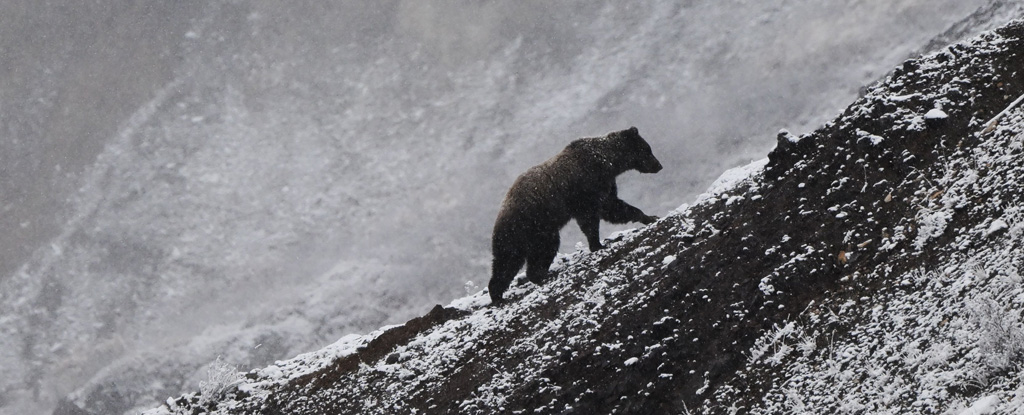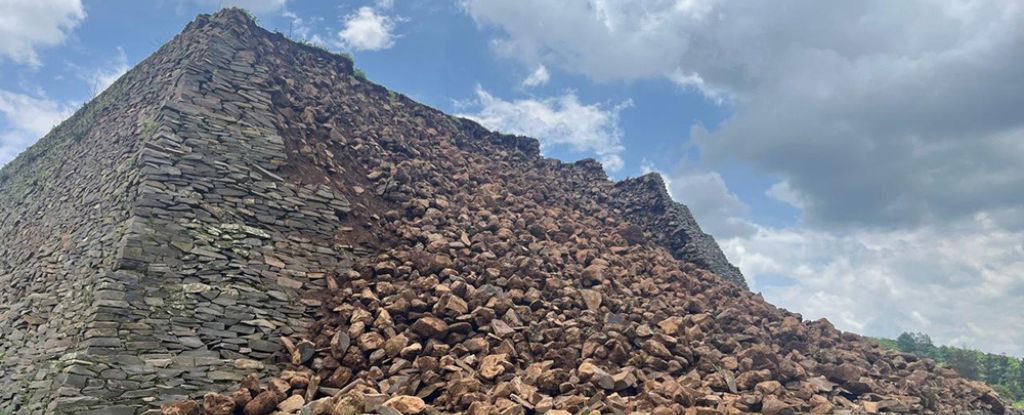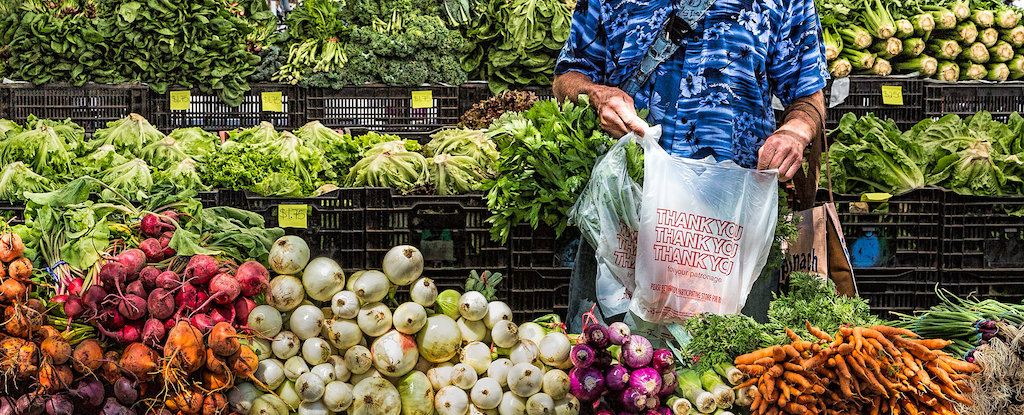Some parts of the Arctic no longer look very polar.
According to the National Oceanic and Atmospheric Administration, many regions are likely to transition from snowy to precipitation-dominated climates.
“At the margins, the transition is essentially already happening,” said John Walsh, senior scientist at the International Arctic Research Center at the University of Alaska Fairbanks, in a briefing at the American Geophysical Union’s fall meeting on Tuesday.
Over the next few decades, he said, rain will become the main form of precipitation over most of the Arctic margins.
A 2021 to learn in the diary nature communication found that parts of the Arctic could experience precipitation as early as the 2060s.
That’s because temperatures are rising and precipitation is increasing in the Arctic due to the greenhouse gases released by humans’ use of fossil fuels.
NOAA published their yearbook Arctic testimony on Tuesday and reported that the polar region continues to warm at twice the rate of the rest of the planet.
As a result, Arctic sea ice is declining, tundra is greening with vegetation, and seabirds are starving in droves.
Not only the Arctic is changing. In some places we lose it. This is a problem for the whole planet.
A rainy Arctic loses snow cover faster and accelerates climate change there, exposing more permafrost — vast areas of frozen ground that are slowly thawing and releasing large amounts of the dangerous greenhouse gas methane.
Some tundra don’t look so arctic anymore
For the first time this year, NOAA found that Arctic precipitation — either rain or snow — is increasing in all seasons.
“I feel like the precipitation story is finally coming out,” Uma Bhatt, chief of atmospheric science at the University of Alaska’s Fairbanks Geophysical Institute, told Insider.
What Causes More Rain?
There are a few possible explanations, Walsh said:
- As sea ice melts, more moisture becomes available, causing more open ocean to evaporate into the atmosphere.
- A warmer atmosphere holds more moisture and allows more rain or snow to fall.
- More storms move across more open water and warmer water. This can fuel more intense storms with heavier precipitation.
In any case, in the coldest regions such as eastern Siberia or northern Canada, this means more snowfall.
But in places like Southwest Alaska, that means rain falls on top of snow and then freezes. That’s what happened in Fairbanks in December 2021, when nearly an inch and a half of rain fell and then froze.
Roads became dangerous. schools closed. Caribou and other grazing animals could not eat grass because it was covered with ice.
“These freezing rain events can be devastating because the ice sheet can persist for months leading up to the spring thaw,” Walsh said.
Rain mixes seasons together
As rain mixes the seasons, snow melts away sooner, more shrubs grow in its place, and places like southwest Alaska are primed for major wildfires, Bhatt said.
Alaska’s 2022 wildfire season reached 1 million acres, burning faster than any previous season and ended with 3 million hectares burned nationwide.
Bhatt is part of a group of researchers evaluating whether the arctic tundra of southwest Alaska should be reclassified as subarctic tundra.
“Lately, many of us have been reflecting on how much things have changed in the last 20 years. A lot has changed,” she said. “And I don’t know what they will look like in 10 years.”
This article was originally published by Business Insider.
More from Business Insider:





